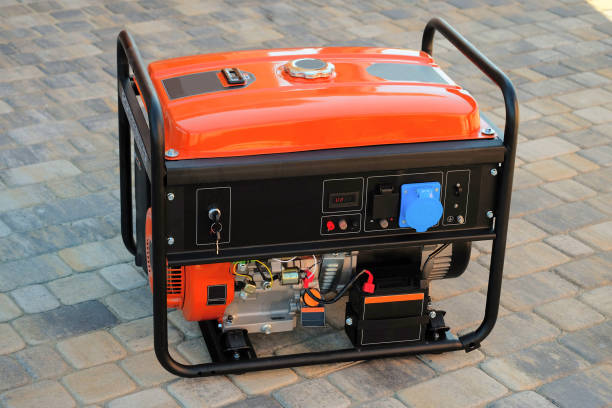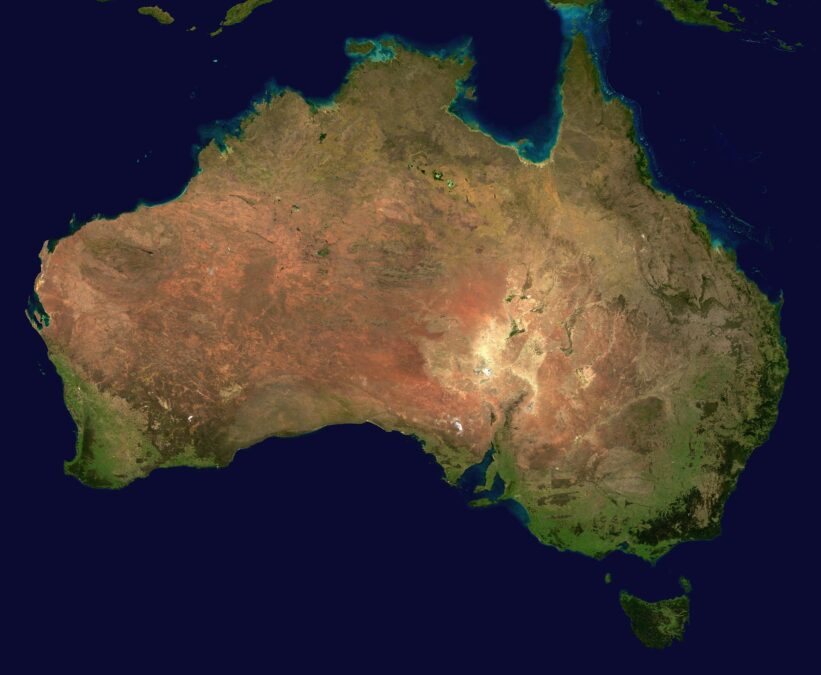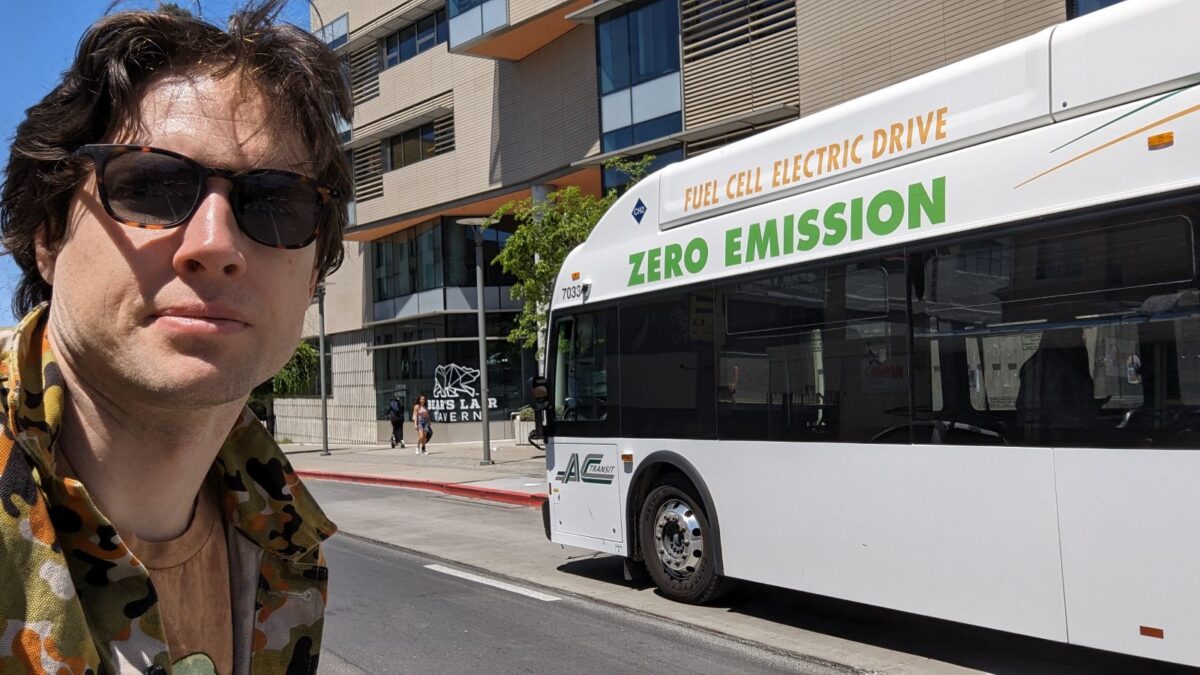
Hydrogen Megaprojects – AquaVentus, the future of offshore green hydrogen production
February 10, 2021
Advantages and disadvantages of diesel generators
March 9, 2021Hydrogen Megaprojects – Is the Asian Renewable Energy Hub leading the world’s energy transition?

When the world is looking for an energy transition amid climate change debates, most nations see hydrogen as the ‘fuel of the future.’ Of late, there has been a surge in planning and conceptualizing mammoth projects to produce clean energy. While the outcome of such megaprojects is usually cleaner energy production, they differ in capacity, the means they use to produce clean energy, the planned usage, and the costs involved.
In this blog, we will discuss the world’s largest power station, which will be located in Pilbara, Western Australia. Yes, we are talking about the Asian Renewable Energy Hub, a mega project planned for a vast piece of desert in Western Australia.
Initially, the Pilbara project was planned to sell green energy via subsea cable to Indonesia, a nation heavily dependent on coal. However, that idea was dropped in favor of hydrogen. Expected to involve a cost of $36 bln, the current aim of this megaproject is to export green hydrogen and green ammonia to Asia.
While the project’s size is difficult to theorize, it is estimated that in its total capacity, it will have 1,600 giant wind turbines and a 78 square km array of solar panels in the Pilbara. People backing the hub say that the daytime sun and nightly winds blowing in from the Indian Ocean are perfectly calibrated to provide a near-constant source of emissions-free energy around the clock.
It is worth noting that this solar-wind hybrid power plant would have a capacity of 26 gigawatts, more than the entire Australian coal power fleet.
Most of this power would be used to run 14GW of electrolyzers that will convert desalinated seawater into green hydrogen. According to experts and analysts, green hydrogen is a form of energy expected to be in increasing demand as a replacement for fossil fuels in the years ahead.
While there are still five years for the project’s construction to begin, the Western Australian government has given a green light to the project’s first stage.
During the 10-year construction period, the project will approximately create 20,000 jobs with 3,000 jobs for a 50-year operational period. This project is being supported by a consortium of renowned global energy leaders including InterContinental Energy, CWP Energy Asia, Vestas and Macquarie. If all goes well, the project’s construction is set to commence in 2026 and the first exports can be expected in 2027/2028.
It is wise to say that in an era where hydrogen is grabbing attention of politicians and industrial leaders to curb the use of fossil fuels, this ambitious project certainly secures Australia’s potential to be a clean energy superpower.



